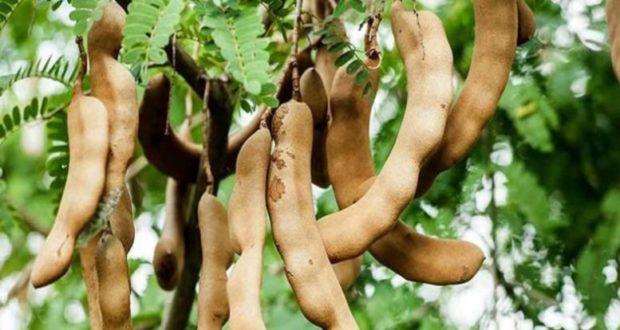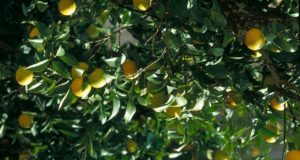The quality of tamarind.Tamarind is a citrus fruit. In English it is called ‘Tamarind’. Tetai in the regional language of Barisal and Tetai in Noakhali. Indigenous people also call it by different names. In the Marma language, Hao Mong and Rakhine say Tatu.
It is native to the Savannah region of Africa. However, it is believed that the lineage spread from Sudan to Bangladesh. Tamarind trees are more or less seen in all the districts of Bangladesh. However, in 2009 the Bangladesh Agricultural Research Institute developed a sweet tamarind variety called Bari Tamarind-1 suitable for cultivation in hilly areas.
Some people in the countryside think that eating tamarind turns blood into water; With that, the intelligence also decreases. That is why children are forbidden to eat tamarind. These are mere superstitions. In reality, just the opposite.
Tamarind cleans the blood. Increases the ability of the brain to think. Raw tamarind is sour to eat, ripe fruit is a different taste of sour-sweet. Tamarind enhances the taste of food. For this reason, roast meat is also used in khichuri. Tamarind pickle, mash, pulses are the favorite of many. You can also make pickles, sauces, jams, sauces and more. There are many nutrients. Ripe tamarind is very beneficial for heart disease. Controls high blood pressure. Mixing garlic with tamarind lowers blood cholesterol. Regularly playing tamarind brings back the feeling of paralysis patient.
Tartaric acid increases digestion. So old tamarind gum to relieve flatulence and cough; It should be mixed with water, salt, molasses or sugar. Chest palpitations, dizziness, hand-foot irritation, constipation, diarrhea and anorexia are very effective in curing.
Tamarind removes excess fat and strengthens the reproductive system. Tamarind juice is very effective in curing dhutra, kachu and alcohol poisoning. There is no risk of heart block if you walk 25-30 grams of tamarind on an hourly basis. Eliminates nausea of mothers during pregnancy. The pain is cured by heating raw tamarind and applying it on the injured area.
If you have a sore face, you can get relief by mixing tamarind with water and rubbing it. Healing also works. In some areas, people eat tamarind leaves, chilli and salt mixed with pantabhat. It is very useful for the body. Young leaves are rich in amino acids. The juice of the leaves helps to cure colds, coughs, urinary incontinence, piles, worms and cataracts.
Tamarind seeds contain an enzyme that lowers blood sugar levels. It controls diabetes. In addition, regular consumption of its powder is good for stomach ulcers. It tastes different to eat tamarind juice. Herbal medicine for many diseases. To make the sherbet, soak it in adequate amount of water for a few hours, mix it with adequate amount of molasses and iodized salt, drink it with lemon juice of your choice and serve it to others.
Since tamarind is a multi-leafed tree, it normally receives more oxygen at night, while at the same time releasing carbon dioxide. At this time there is a lack of oxygen around the bottom of the tree. And at that moment, if a person is sitting under a tree or sleeping, there is a risk of fainting due to lack of oxygen or crooked neck.
Tamarind fruit, beech, leaves, flowers, tree bark are all valuable. Realizing its merits, the Prime Minister called for planting tamarind trees along with other fruits. So let’s plant tamarind trees in every home.
News Room, May 12,2020
 Chandpur Times Top Newspaper in Chandpur
Chandpur Times Top Newspaper in Chandpur



